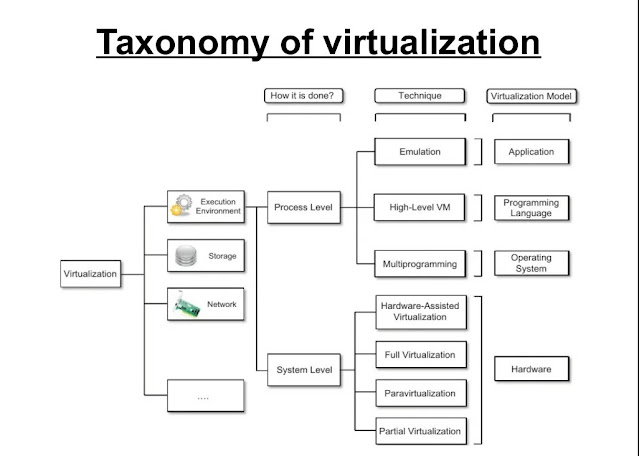Explain Data Warehouse Modeling.
Data Warehouse Modeling
Data Warehouse Modeling is the first step for building a Data Warehouse system, in which the process of crafting the schemas based on the comprehensive information provided by the client/ business owners and the enhancement of the crafted schema is performed, by wrapping all the available facts about the database for the client to visualize the relationships between various components of the Data Warehouse such as the databases, tables, contents of the tables including indexes, views and to get a working product, as a well-structured system consents to form an efficient Data Warehouse that aids in lessening the overall cost of employing the Data Warehouse in the business decision-making processes




Comments
Post a Comment